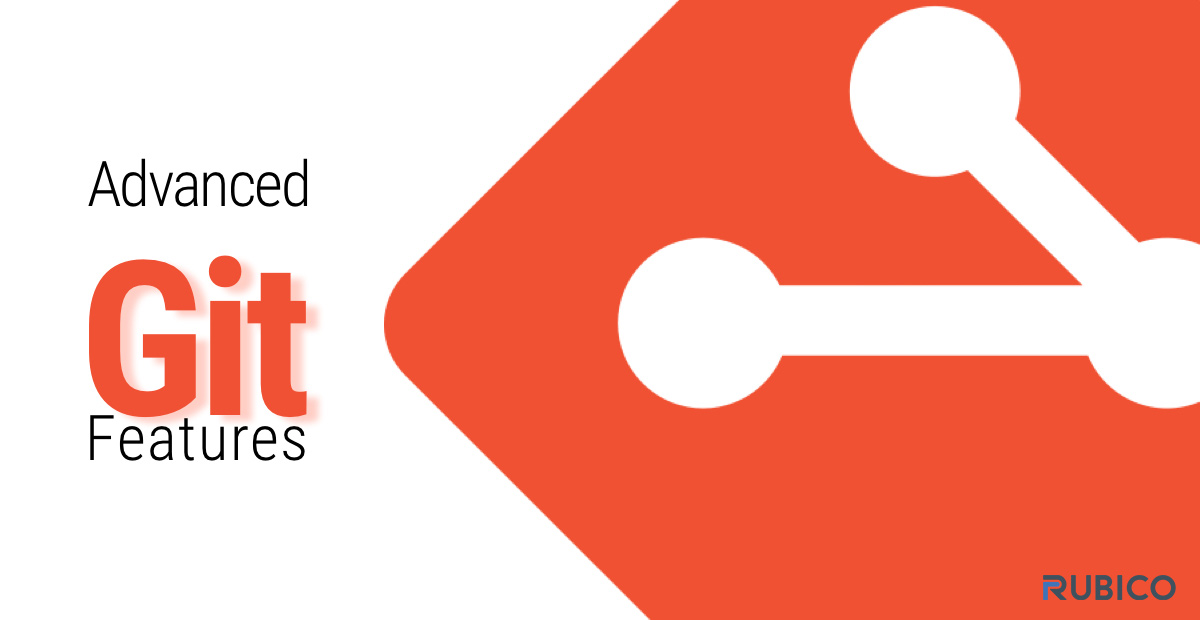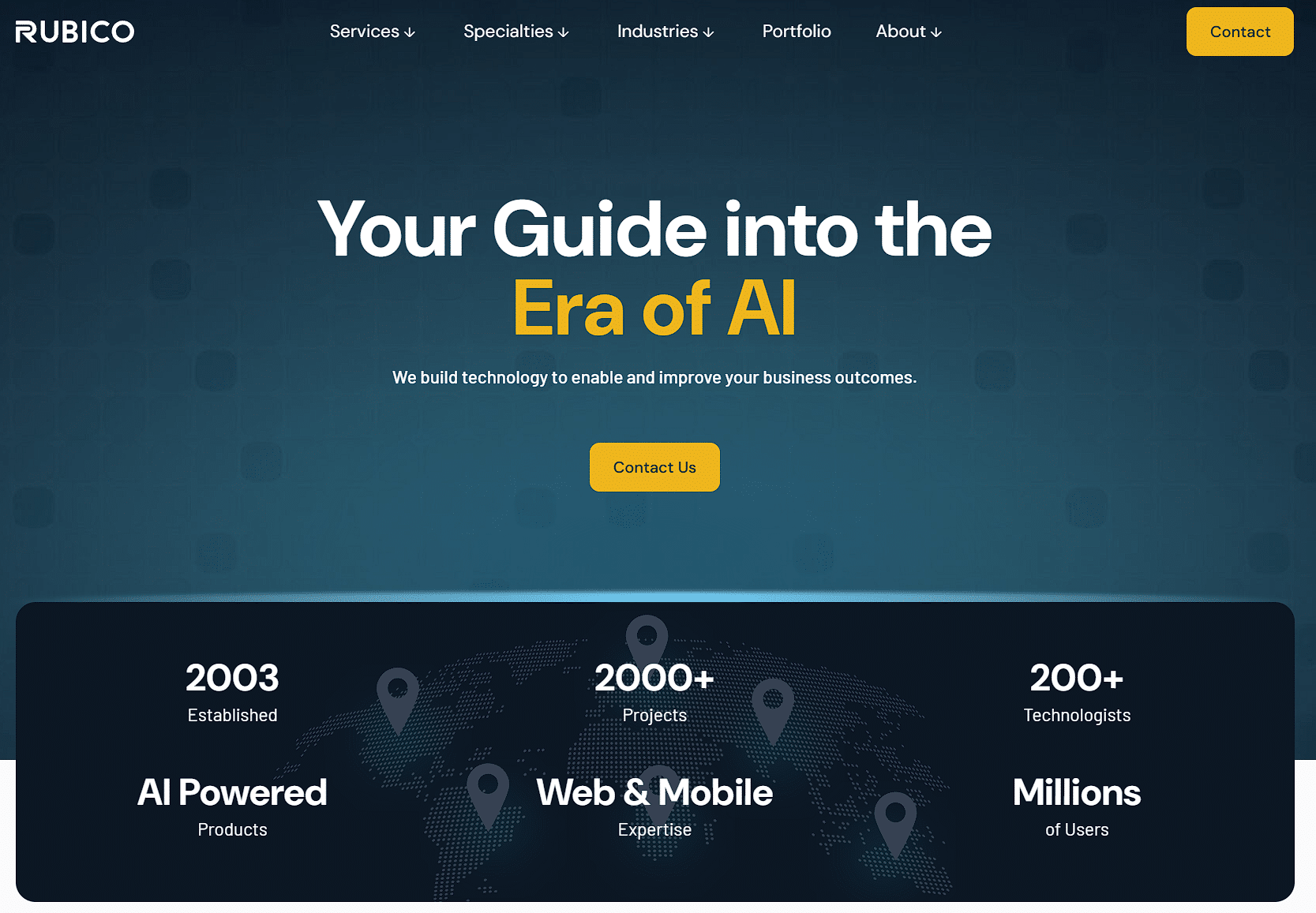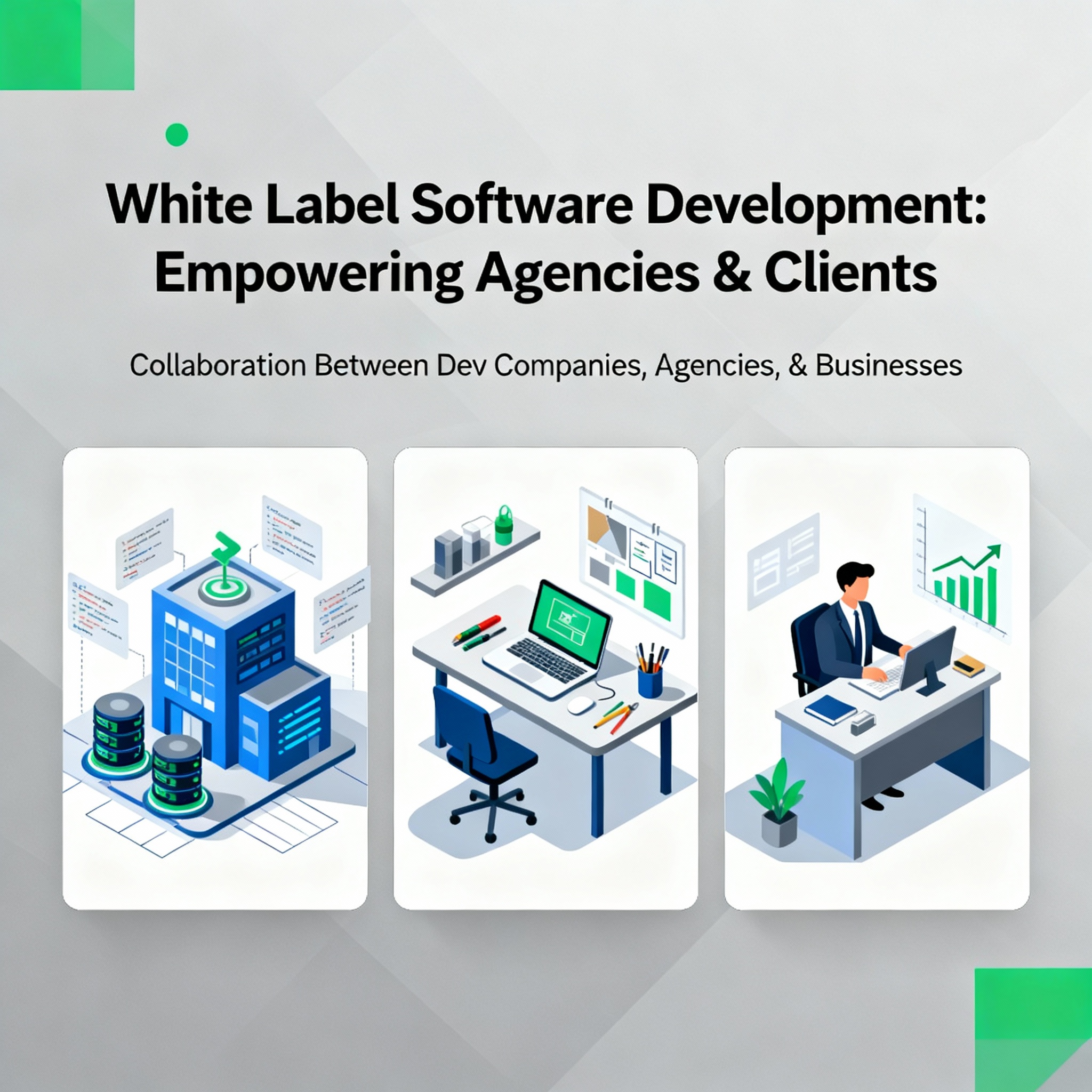

The Hidden Cost of AI Chaos: A Leader’s Guide to Smart Adoption
The $30B+ Problem You Didn’t Know You Had
AI promised speed. Instead, so far anyways, it’s costing billions.
A recent MIT report titled The GenAI Divide: State of AI in Business 2025 found that only 5% of enterprises they interviewed had profitably applied AI to their business. For 95%, so far AI had just been a sunk cost.
Even CIO warns that unchecked AI adoption can turn into a time and cost trap. Maybe you’ve read the headlines or worse; lived the reality. Either way, here’s how to stop the bleeding before it gets worse.
The scenario you want to avoid: While you think you’re staying competitive, you’re actually hemorrhaging money and creating chaos.
The Real Numbers Behind AI and SaaS Tool Sprawl
Let’s talk facts, not hype:
- 50% of software licenses sit unused, costing companies $537 million annually, according to Ramp’s Article on software subscriptions
- Cybersecurity Drive says that companies using unapproved “shadow AI” tools pay an extra $670,000 per data breach
- The typical enterprise now juggles 275 different SaaS applications
- 50% of provisioned users never even touch their assigned software licenses
Translation: You’re paying for a fleet of Ferraris that spend most of their time parked in the garage.
Why Smart Leaders Are Hitting the Brakes
The most successful companies aren’t the ones adopting AI fastest—they’re the ones adopting it smartest. Here’s what they know that others don’t:
Problem #1: The Credit Card Trap
AI vendors love hiding costs behind “credits” and “tokens.” It feels like Monopoly money until the real bill arrives. Teams think “just one more experiment” while costs spiral out of control.
Problem #2: The Productivity Mirage
Early wins can be intoxicating, but they often mask deeper inefficiencies. Your team might generate content faster while your data pipeline crumbles under the weight of unstructured information.
Problem #3: Shadow AI Security Nightmare
When every department experiments independently, you lose visibility into what data is being shared with which AI models. One employee uploading sensitive customer data to an unapproved tool could cost you millions.
The Smart Leader’s Playbook: 6 Steps to AI That Actually Works
Step 1: Start with Outcomes, Not Tools
Wrong approach: “Let’s try this new AI writing assistant!”
Right approach: “Let’s reduce content creation time by 40% while maintaining quality.”
Write a simple outcome charter. Pick 2-3 measurable business goals per department. Set a “kill date”—if you don’t hit targets by then, you stop.
Step 2: Clean House Before You Build
Before buying anything new, audit what you already have. You’ll likely find 20-40% overlap in functionality. Assign one owner per AI category (writing assistants, code helpers, data analysis tools) and eliminate redundancies.
Step 3: Create Safe Sandboxes
Give your teams approved playgrounds with built-in guardrails. Pre-negotiate with vendors, set spending limits, and monitor usage. Channel curiosity without creating chaos.
Step 4: Fix Your Data Foundation First
The sexiest AI assistant is useless if it’s working with garbage data. Invest in data quality, governance, and access controls before you scale any AI initiative.
Step 5: Measure Everything That Matters
For every AI tool, track three things:
- Benefits: Hours saved, errors prevented, revenue generated
- Costs: Licenses, usage fees, integration time, support overhead
- Risks: Data exposure, vendor dependency, compliance gaps
If you can’t measure the value, don’t buy the tool.
Step 6: Kill What Doesn’t Work
Every quarter, ruthlessly review your AI portfolio. Sunset experiments that don’t deliver measurable value. Replace credit-based trials with enterprise contracts only after proving ROI.
Your AI Governance Checklist
Here are some specific points of guidance for competent AI governance and management. Share this with your team and make sure you’re all on the same page.
- [ ] Written AI outcome charter with specific metrics and deadline
- [ ] Named owner for each AI tool category with budget authority
- [ ] Usage reporting that shows spend by tool, team, and feature
- [ ] Risk framework (like NIST AI standards) integrated into procurement
- [ ] Approved sandbox environment with declining shadow AI usage
- [ ] Value measurement showing net benefit for every active AI initiative
Download here: AI Governance Checklist
The Bottom Line
AI can transform your business—but only when you treat it like the powerful business tool it is, not the latest shiny object.
Companies that succeed with AI don’t just experiment faster. They experiment smarter, with clear goals, proper governance, and ruthless focus on measurable outcomes.
The question isn’t whether your competitors are using AI. It’s whether they’re using it profitably.
Your next move: Stop the tool sprawl, get your house in order, and build an AI strategy that your CFO will actually thank you for.
Moving Beyond AI Experiments
If you’re ready to move from scattered AI tools to a cohesive strategy that delivers measurable business value, that’s where our expertise becomes valuable. We help bridge the gap between promising AI experiments and production-ready systems that actually move your metrics. Get in touch!
At Rubico, we see enterprises using AI tools to great effect for early wins. The smart ones use these tools to prove value quickly, then partner with experienced teams to build something governed, scalable, and strategically aligned.
Ready to turn your AI chaos into competitive advantage? Get in touch!
"*" indicates required fields







